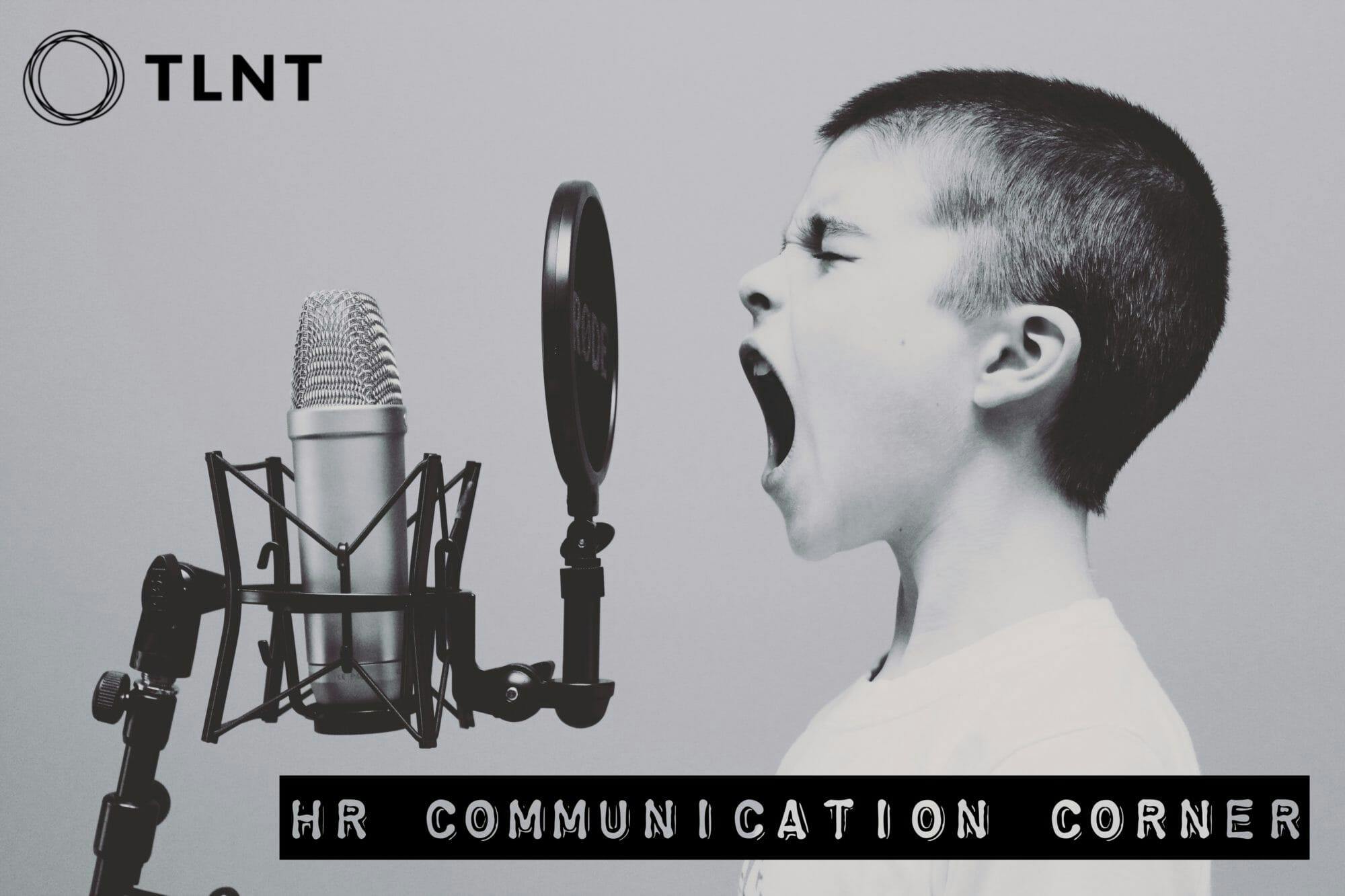A boss’s offhand comment, “Be sure to leave time for Q&A,” often causes great concern among presenters. Maybe they have flashbacks of presidential debate disasters. Or possibly they dread not knowing the answer to a specific question. They may fear that someone will doubt their accuracy or denigrate their credibility for other reasons. Or they may worry about the hostile meeting participant who may destroy confidence and cause someone to fear losing control.
To ensure things go well in your next presentation, consider the following tips to prevent problems and demonstrate confidence.
Set Up the Best Framework
Explain how and when you’ll take questions. Will questioners have to come to the microphone, or can they be heard from their seats? Will listeners voice their questions, or should they submit them on paper, by email, or in the chat box? Do you want to be interrupted during your prepared comments, or would you prefer all questions be held until the end?
Generally, it’s best to announce that you will call for questions at the end of your comments. Taking questions during your talk may interrupt your train of thought, making it difficult to get back on track. Interrupting questions also may interfere with the audience’s ability to digest the point you are making at the time. Finally, with interrupting questions, you need to be creative in making smooth bridging statements from the answer back to your prepared comments. With “Now where was I?” as you return to your presentation outline, the questioner may feel the question was unwelcome and consequently may feel embarrassed or hostile toward you.
On certain occasions, you may decide to allow questions during prepared comments — especially if they come from a senior executive or other decision-maker whom you would not want to refuse an immediate answer. Sometimes a topic may be so technical that questions delayed may be questions forgotten at a later point.
Either procedure — taking questions during or after the presentation — will work, provided you’ve given forethought to your method.
Never Announce a Certain Amount of Time or a Specific Number of Questions
To do so limits your flexibility and creates dangers along the way. If you say that you’ll take questions for half an hour and you get only two questions, the audience walks away with the impression that you gave a disappointing presentation that generated no interest.
Another danger: If you say you’ll take another couple of questions and the last question is a hostile one, you may be forced to end on a negative note from which it will be difficult to recover.
Stay flexible simply by making a general statement that you’ll take a few questions before you wrap up with final comments. And if you get a challenging or negative question, you can prolong the discussion until you find an opportunity to bridge to a more positive closing note.
Set Boundaries During the Q&A
At the beginning, state directly the kinds of questions you’ll address. For example, “For security reasons, I’ll ask you not to bring up any issues about X or Y.” Or “We won’t let ourselves go into the matter of X because of the current litigation.” Or “I prefer to deal with questions in the areas of A and B rather than C, which headquarters has requested be addressed to them by email.”
Comments such as these at the beginning set the stage for your control of what follows. This practice is particularly effective for handling questions unrelated to your expertise.
Answer to Reinforce Your Key Points
A response such as, “I’m glad you brought up that issue because it gives me a chance to elaborate on…” is a way to align listeners’ questions with points you really want to emphasize. You also can respond in a way that broadens or narrows the scope of a question. “The issue that most of the industry will be concerned with is X; therefore, let me answer in this broader context.” Or “Yes, that’s the big-picture problem, but let me bring it a little closer to home with the more specific issue of Y.”
So you can go in either direction— broad or narrow — to reinforce your viewpoint or message.
With these techniques in your toolbox, you can confidently control Q&A periods to keep them on solid ground.
